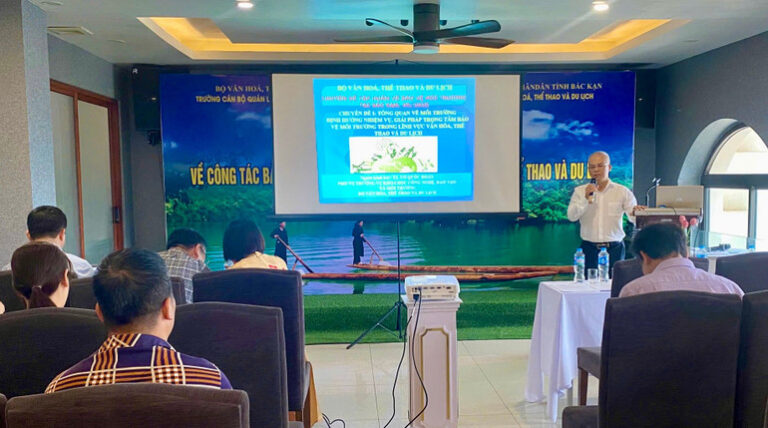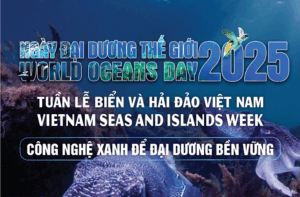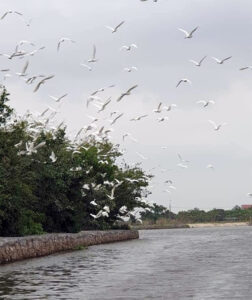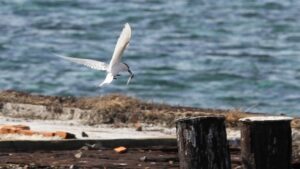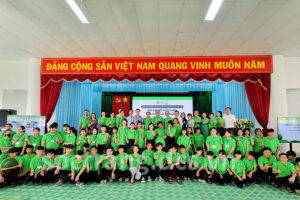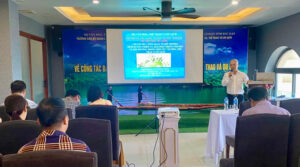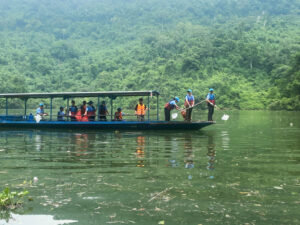The Hai Phong city is strengthening activities to protect Cat Ba Biosphere Reserve focusing on "Preserving to develop, developing to preserve".
Having the largest limestone island of Viet Nam as well as biodiversity values at national and international level, Cat Ba can become a priority tourist site, a natural heritage of the world as well as a global geo-park in the future.
Here is home to more than 3154 plants and animals including 60 of special botanies and 20 of rare animals.
With 20,000 ha of sea, Cat Ba has been approved as one of 16 important marine reserves of the nation. Lan Ha bay (with 9,000 ha of area belonging to Cat Ba Biosphere Reserve) is considered one of the areas of highest biodiversity values of the North with typical ecosystems such as coral reefs, seagrass beds, and many rare special organisms.
Many ranges of mountain, fantastic islands and mysterious grottoes such as Thien Long, Trung Trang, Đa Hoa grottoes uphold the island's beauty.
In addition, this Biosphere Reserve still remains unique cultural- archaeological-historic relics like Cai Beo Archaeological site, Cat Ba temple, the Mac citadel...
Since ever getting the UNESCO's recognition as the Biosphere Reserve, Cat Ba has been managed and protected strictly by local people and city's authorities.
Furthermore, Cat Ba Island also has been receiving support from international organizations through projects of preservation and community development such as Cat Ba's Francois' langur preservation project of ZGAP and Zoo Muenster (Germany), Regional Natural Heritage Program (RNHP) of Australia Foundation for Asia and Pacific (AFAP).
However, Cat Ba Island is also facing with many challenges like climate change, tourism over-development, fishery...
At present, the Hai Phong's authorities are preparing all dossiers to submit to UNESCO for recognition as one of the Global Geological Park and Natural Heritage of the world.
Translated by Thanh Pham (TITC)



